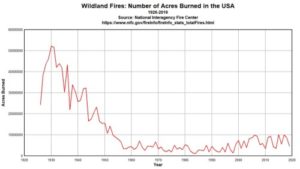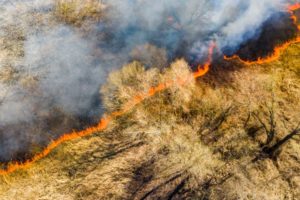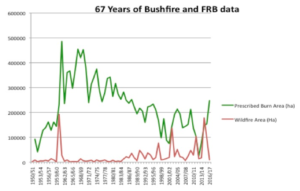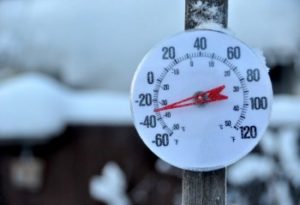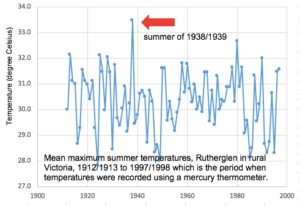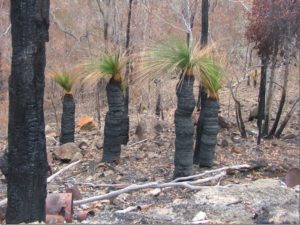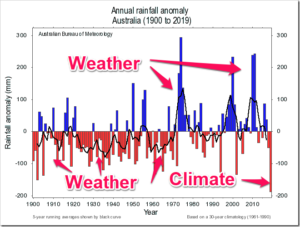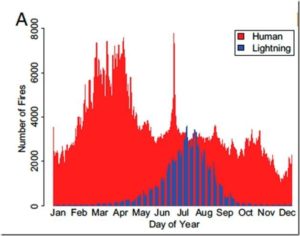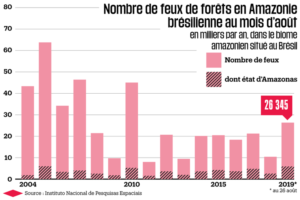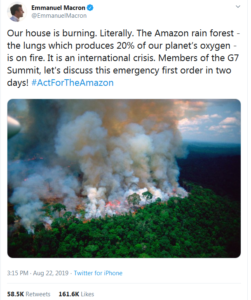by NASA, September 9, 2020 in WUWT
On Friday September 4, 2020 at about 6:44 PM PDT the Creek Fire began in the Big Creek drainage area between Shaver Lake, Big Creek and Huntington Lake, Calif. NASA’s Suomi NPP satellite captured these images of the fire on Sep. 05 through Sep. 07, 2020. From the series of images the spread of the fire can be seen in the outward movement of the red hot spots, although the huge cloud on the 6th obscures all readings due to its size.
The huge, dense cloud created on Sep. 05 and seen in the Suomi NPP image was a pyrocumulonimbus cloud (pyroCb) and the resulting smoke plume that grew upward was spotted and confirmed on Sep. 06, 2020. A pyrocumulonimbus cloud is also called a cumulonimbus flammagenitus. The origins of the latter word are from the Latin meaning “flame” and “created from.” This perfectly describes a cloud that is caused by a natural source of heat such as a wildfire or volcano. Rising warm air from the fire can carry water vapor up into the atmosphere causing clouds. Any type of convective cloud can be created. In this case, the cumulonimbus, or thunderhead cloud, was created. Precipitation and lightning can also occur with these types of clouds creating a risk that the fire will expand due to increased wind from precipitation downdraft or by creating new fires due to lightning strikes. These are all things that fire managers must keep in mind while continuing to try to fight the fire.
…


